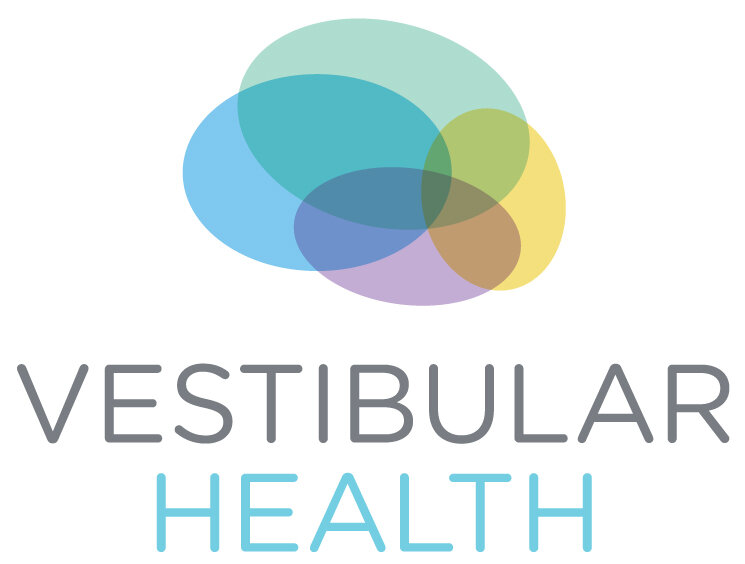What is nystagmus and why is it important in vestibular rehab?
When we assess your vestibular system, we spend a lot of time looking at your eyes! One of the things we are looking for is nystagmus.
What is nystagmus?
Nystagmus is rapid and rhythmic movements of the eyes that are involuntary, meaning you are not able to control these movements. These rhythmic oscillating eye movements can occur side to side (horizontal), up and down (vertical), or with a twisting motion (rotatory). Nystagmus usually affects both eyes. Most commonly, the eyes slowly drift in one direction and then jerk back in the other direction. When you experience nystagmus, you may experience jumping or blurry vision and you may see the world bouncing, shifting, or spinning.
Why does nystagmus happen?
Nystagmus can occur because of inner ear problems. Nystagmus due to vestibular problems is often associated with vertigo (an illusion of movement). In the case of a sudden change of inner ear function on one side, such as with vestibular neuritis or a Meniere’s attack, the nystagmus is horizontal and the direction of the nystagmus can help determine what ear is involved. This nystagmus is most noticeable when the attack first starts then gradually settles down. At first someone looking at your eyes may see the nystagmus, and as you recover this might only be noticeable when you cannot focus your eyes on a target, for example when we evaluate you using infrared goggles. We use infrared goggles to evaluate and record eye movements more accurately, and to allow us to see your eyes with your vision blocked.
In Benign Paroxysmal Positional Vertigo (BPPV), nystagmus is triggered by changing the position of your body or head and occurs with the feeling of vertigo - often spinning. The direction of the nystagmus depends on where the loose calcium carbonate crystals are located, but often the nystagmus has a rotatory component. The direction and duration of the nystagmus tells us what ear is involved, what part of the ear is affected, and whether the crystals are freely floating or stuck down - knowing this helps us choose the treatment that will be most effective.
Infrared video of upbeat torsional nystagmus due to BPPV
Nystagmus can also occur because the areas of the brain that control eye movements are not working properly. This often involves the cerebellum - the back part of your brain that is also important for coordination and balance. The direction and pattern of nystagmus, in combination with other clinical tests of eye movements and cerebellar function, helps us determine if the issue may be related to your brain.
Not all nystagmus is abnormal - for example, optokinetic nystagmus is a normal reflex response of eye movement that occurs when tracking a moving object or looking at a moving pattern (e.g. looking out the window of a moving train).
An experienced vestibular physiotherapist can evaluate your eye movements, look for nystagmus, and assess the direction and pattern of nystagmus to determine the cause.
